1. Centralia, Pennsylvania
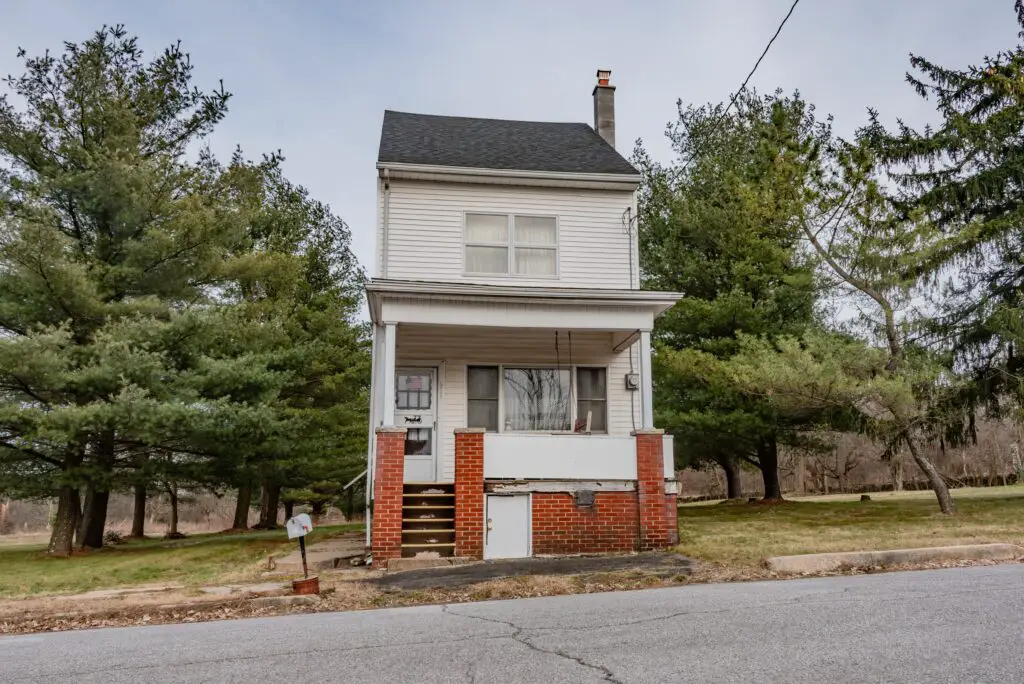
Once a thriving town of over 1,000 residents, Centralia is now nothing more than a haunting reminder of a forgotten past. In 1962, a fire ignited in an abandoned coal mine beneath the town, eventually spreading underground and burning out of control. The fire continues to smolder to this day, and the government evacuated the town in the 1980s due to the dangerous levels of carbon monoxide and subsiding ground. Today, only a handful of residents remain, and the town is slowly being reclaimed by nature.
The eerie remains of Centralia have turned it into a ghost town with a surreal atmosphere. Graffiti-covered buildings, cracked roads, and the occasional wisp of smoke rising from the earth make it a place unlike any other. While once filled with homes and schools, it now stands as a stark reminder of how quickly the hustle and bustle of daily life can be erased, leaving nothing but an empty shell.
2. Pripyat, Ukraine
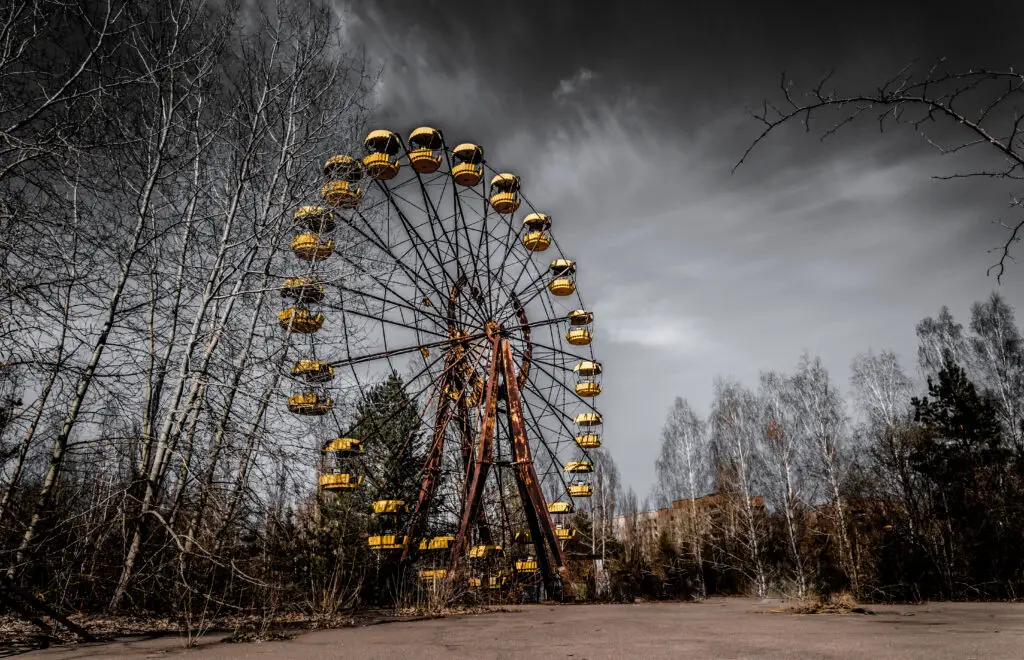
Pripyat was once a thriving Soviet city, home to the workers of the Chernobyl nuclear power plant. With its wide boulevards, modern apartments, and bustling schools, it was a model of Soviet engineering. But on April 26, 1986, everything changed. The explosion at the Chernobyl plant caused a radioactive disaster, forcing the entire population to evacuate within hours. What was once a lively and vibrant community is now a silent, decaying ghost town.
The remnants of everyday life are scattered throughout Pripyat, with abandoned amusement parks, empty swimming pools, and decaying buildings. Over time, nature has begun to reclaim the city, with trees and vines creeping through windows and cracks in the pavement. The haunting images of Pripyat serve as a chilling reminder of the consequences of nuclear disaster, and it remains one of the most desolate places on Earth.
3. Bodie, California
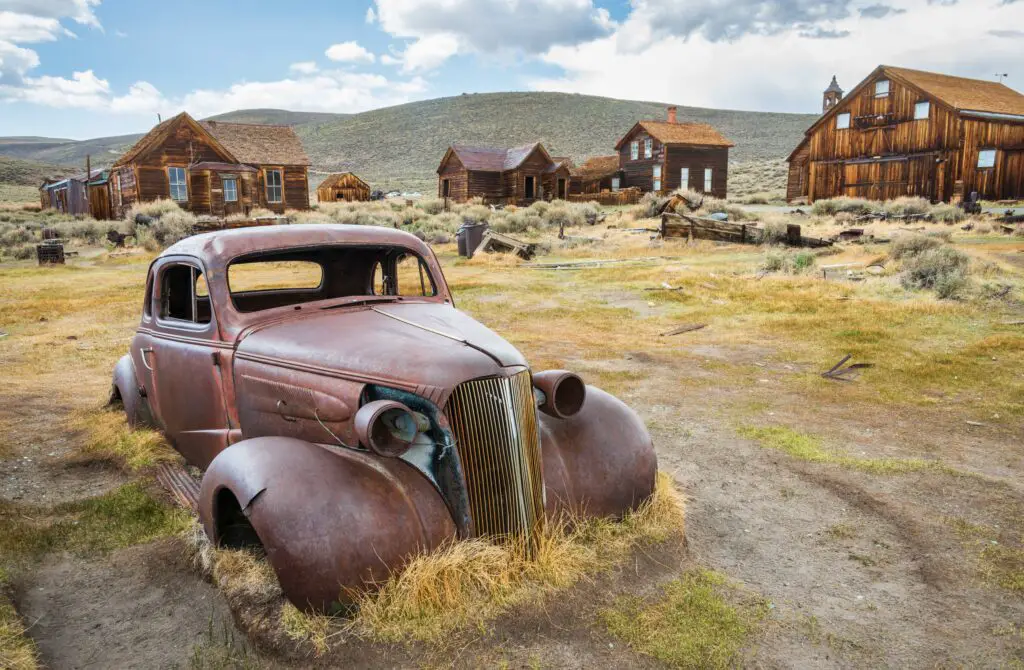
Nestled in the Sierra Nevada mountains, Bodie was once a booming gold mining town in the late 1800s. At its peak, the town had a population of around 10,000 people, with saloons, hotels, and even a baseball team. However, as the gold began to run out, the residents began to leave, and by the 1940s, Bodie had been abandoned. Today, it remains preserved as a state historic park, with its empty buildings standing as a testament to the Wild West.
Walking through Bodie feels like stepping back in time. The dusty streets are lined with intact buildings, from the post office to the saloon, giving visitors a glimpse into the past. The town is remarkably well-preserved, with personal belongings still scattered around, including a piano, furniture, and even dishes. It’s a hauntingly quiet place, where the once-thriving community now only exists in the whispers of history.
4. Hashima Island, Japan
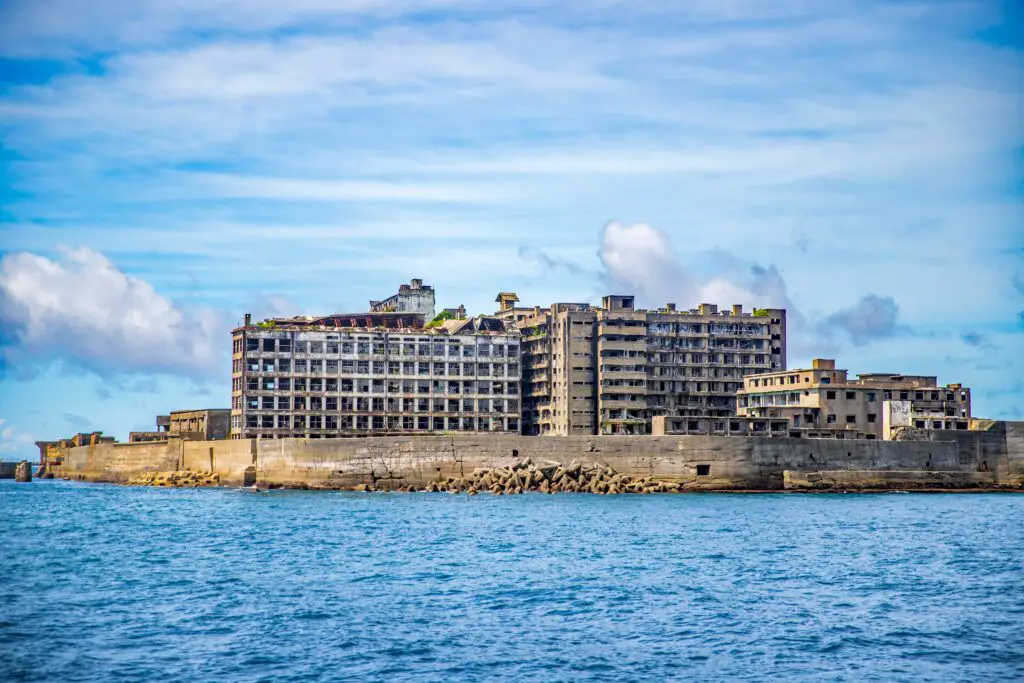
Known as “Battleship Island” due to its shape, Hashima Island was once a hub of industrial activity, particularly coal mining. In the 1950s, the island housed over 5,000 residents, living in cramped, multi-story apartment blocks. However, as the coal reserves were exhausted in the 1970s, the island was abandoned, and it now stands empty, surrounded by the sea. Today, it is a popular site for urban explorers and history buffs, drawn by its eerie, desolate atmosphere.
The island is a maze of crumbling concrete buildings, rusting machinery, and broken windows. Nature is slowly overtaking the structures, with plants growing through the cracks and the ocean’s saltwater eroding the concrete. While it once represented the power of Japan’s industrial age, Hashima Island now serves as a stark symbol of how quickly industries—and the communities that depend on them—can vanish.
5. Oradour-sur-Glane, France
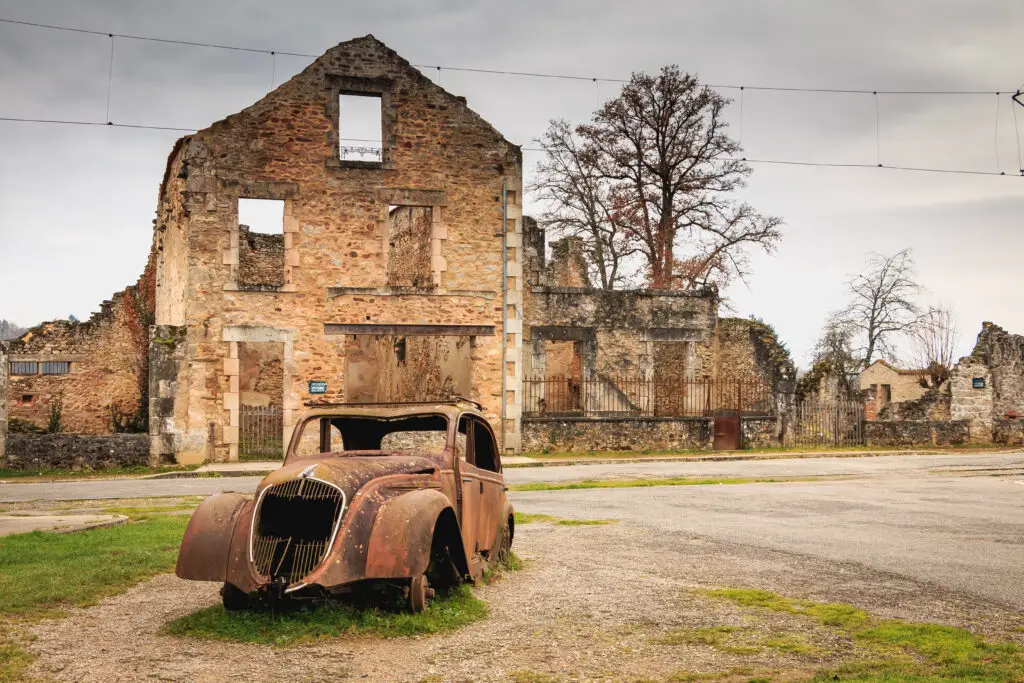
Oradour-sur-Glane was a quiet French village that was once home to about 650 people, living peaceful, everyday lives. That all changed on June 10, 1944, when the village was attacked by the Waffen-SS during World War II. In a brutal massacre, 642 villagers were killed, and the town was set on fire, leaving nothing behind but ashes and broken buildings. Today, the site is preserved as a memorial to the victims of the atrocity.
Walking through Oradour-sur-Glane is like walking through a snapshot frozen in time. The remains of the homes, cars, and shops are eerily still, with items like bicycles and household objects left behind. The town remains empty, untouched since the tragedy, offering a poignant and sobering reminder of the horrors of war. Visitors come to pay their respects and reflect on the deep scars left by the past.
6. The Florida Panhandle Ghost Towns
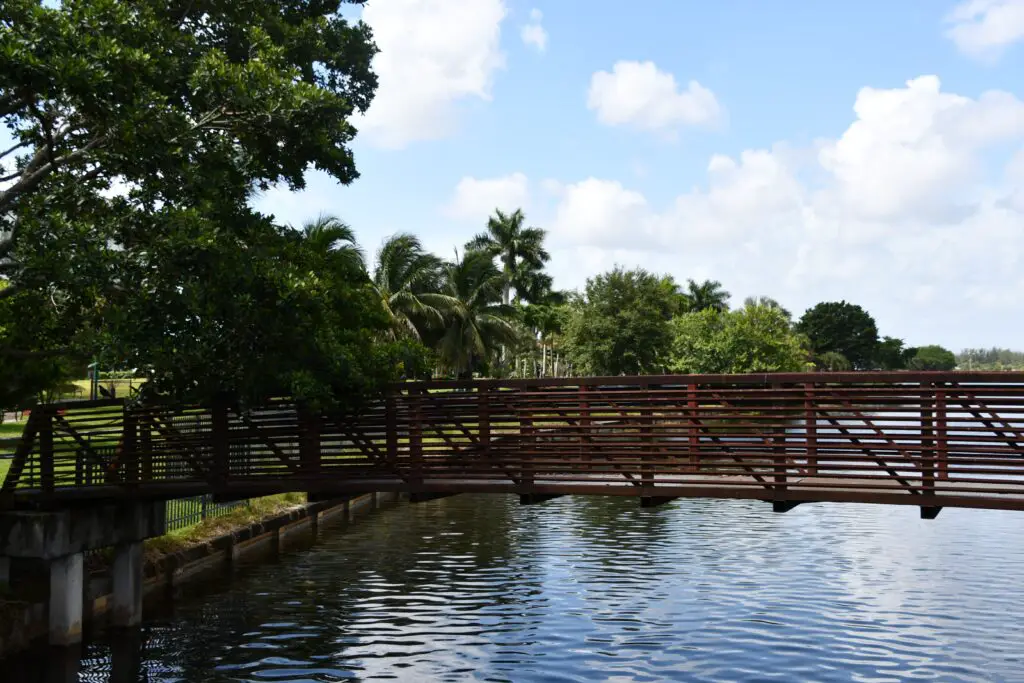
The Florida Panhandle, known for its beautiful beaches and vibrant tourism, was once home to several bustling communities. However, due to hurricanes, economic decline, and the destruction of the railroad systems, many of these towns were abandoned. One of the most notable examples is the town of St. Joe, which was a thriving industrial hub before it was decimated in the mid-1900s. Today, the remnants of these ghost towns are barely visible, with only a few crumbling structures left behind.
The landscape has changed dramatically over the years, with forests and swamps swallowing up what was once developed land. The ruins left behind in the Panhandle are quiet, haunting symbols of the impermanence of human settlements. Some towns are completely unrecognizable, while others have been overtaken by nature, their roads and buildings lost in time.
7. Kolmanskop, Namibia
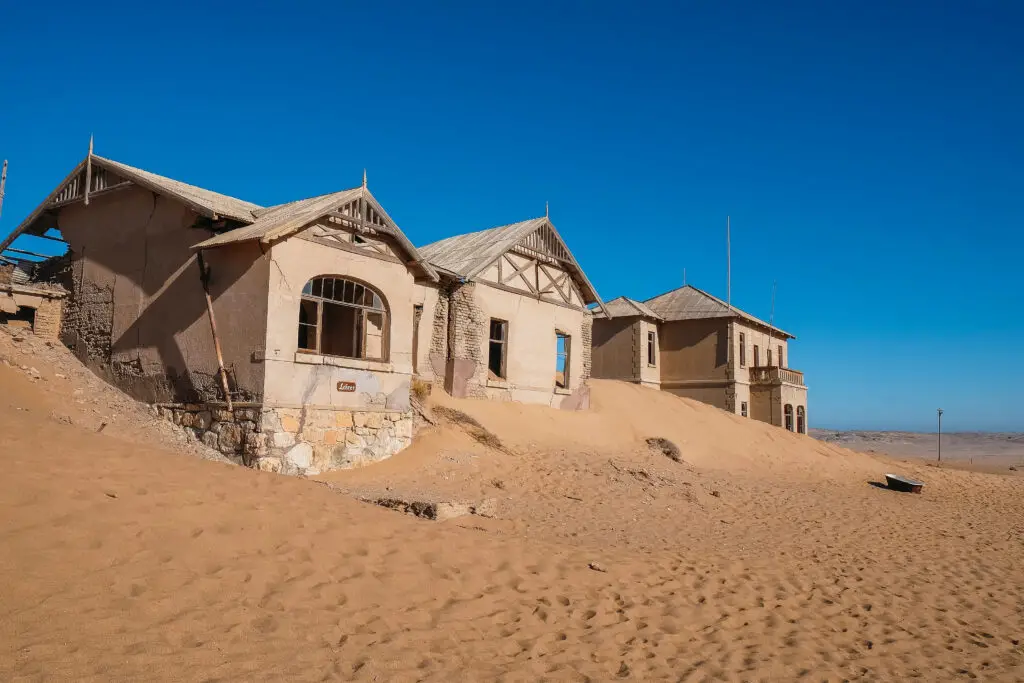
In the early 1900s, Kolmanskop was a thriving diamond mining town in the Namibian desert, with luxury homes, a hospital, and even a ballroom. The discovery of diamonds in the area led to a boom, and at its height, the town had over 300 residents. However, as the diamond fields began to deplete, the town was abandoned in the 1950s. Today, Kolmanskop stands frozen in time, with its empty homes and deserted streets offering a glimpse into the past.
The harsh desert winds have slowly encroached on the town, with sand drifting through open windows and doors. Inside the buildings, the decay is visible—faded wallpaper, rusted metal, and broken glass litter the floors. The town’s eerie quietness, coupled with the desolation of its surroundings, creates an atmosphere that is both haunting and beautiful. It remains a fascinating site for visitors, eager to witness the effects of both human ambition and the unforgiving nature of the desert.
